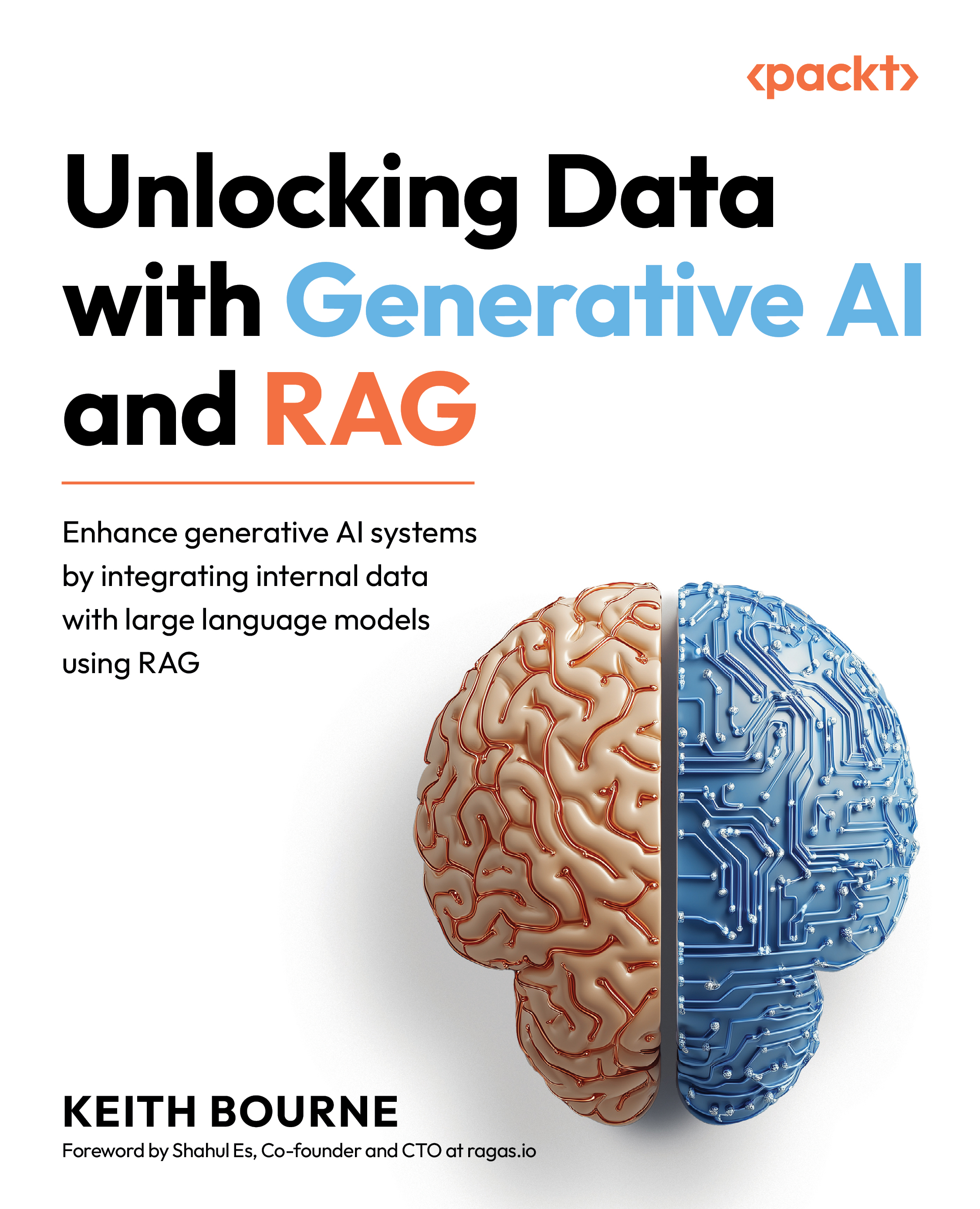Vector space
The concept of a vector space is highly related to the vector similarity search, as the search is conducted within the vector space represented by the vectors. Technically, a vector space is a mathematical construct that represents a collection of vectors in a high-dimensional space. The dimensions of the vector space correspond to the number of features or attributes associated with each vector. In this space, the vectors of text that are most similar have more similar embeddings and, therefore, are located closer to each other in the space. You will hear the concept of vector space referred to often when talking in more technical ways about similarity searches. Other common names for this space are embedding space or latent space.
The concept of vector space can be helpful in visualizing how the distance algorithms that find the nearest vectors to our user query embedding are working. Ignoring the fact that these vectors are sometimes thousands of dimensions, we can...
































































